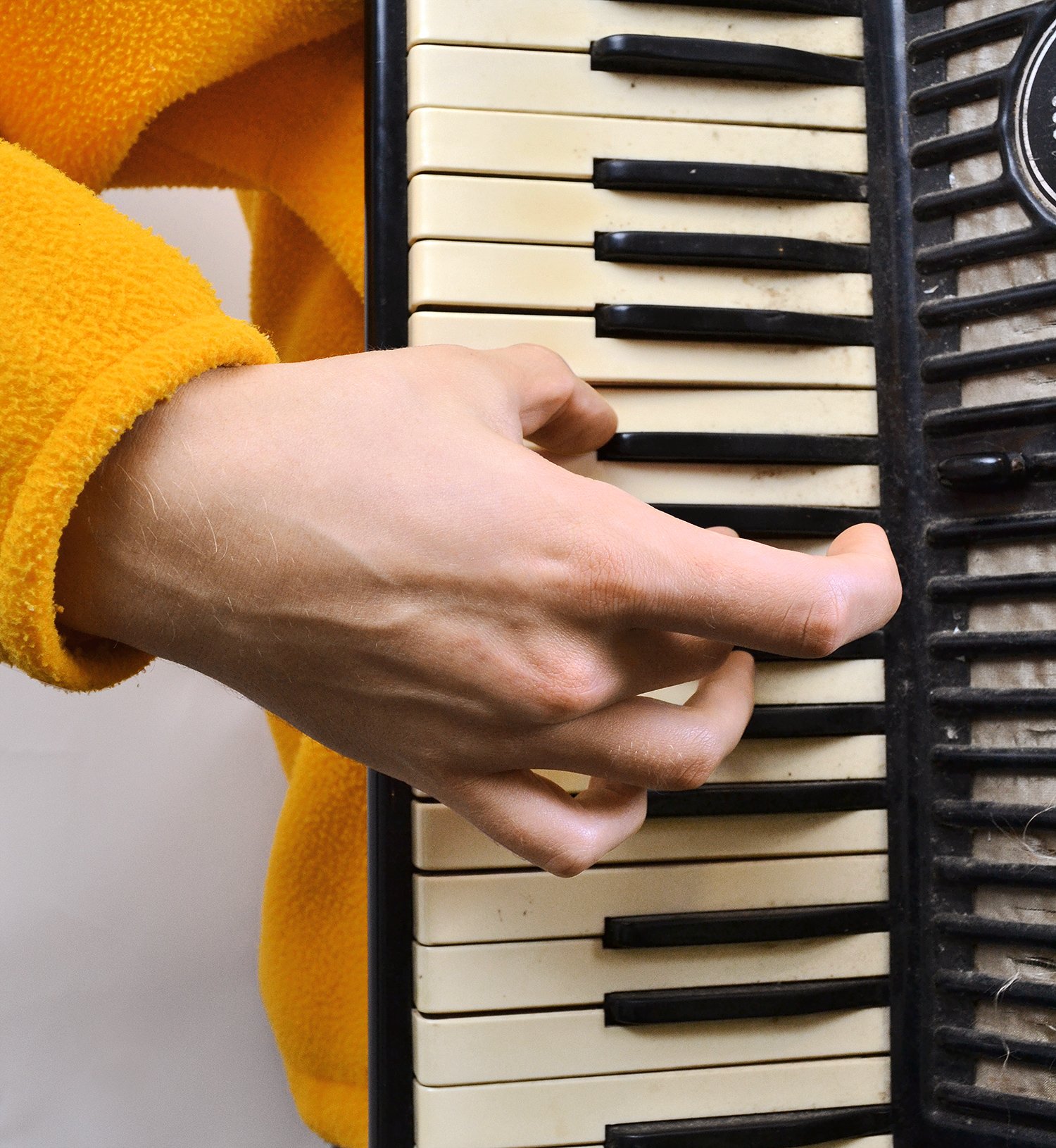Button Masher
How Effective Systems Aid Creativity
Published: 10/18/2022
By: Elijah Knapp
What do Polka music, cliche Parisian tourist experiences, and I have in common? We all share an important relationship with the accordion. While the instrument’s origins are debated, historians agree that German instrument maker Christian Friedrich Buschmann introduced the first true accordion in 1822. Two hundred years later, the accordion’s acclaim has spread across the globe and continues to contribute to folk tunes from Austria to Argentina.
At fourteen, a family friend offered me their dusty accordion hoping I would find some musical inspiration. As an eager instrument learner, I accepted the challenge of conquering the strange-looking instrument. I remember hoisting the hefty instrument across my chest for the first time. I stared at the 32 piano keys accessible to my right hand and 120 little white buttons on my left. Each of the 120 identical buttons is laid out in diagonal rows. At first glance, the complexity of the instrument is overwhelming.
After spending time with the accordion, I learned that each button allows you to play full, complex chords with a single finger. With an extra hand now free, you can simultaneously play a melody over the chord using the keys accessible to your right hand. While most instruments require a few fingers to build basic chords, the accordion offers a smorgasbord of sounds with the press of a single button. The genius of this design sets the stage for the one-man band.
Known as the Stradella Bass System, this structure places each button in relationship with every other button based on the music theory concept of The Circle of Fifths. While all 120 buttons seemed randomly placed to me at first, I quickly discovered that no matter where I moved my hand up and down the instrument, I heard the same relationships from one button to the next. The designers behind the accordion had figured out how to transform the complexity of chord theory into neatly organized and related rows that completely removed the guesswork from creating songs or changing from one key to another. It was a new kind of musical magic.
As a young musician, I shunned the thought of studying music theory as boring and restrictive. Instead, I learned songs and chords by ear because I was often overwhelmed by the logic behind the beauty. Even though I was unfamiliar with music theory, the designers of the accordion gifted me with a structure that empowered me to introduce new chords and chord relationships into my music. Because of the intelligence of the button system, I found haunting, thrilling, and beautiful sounds I would never have stumbled upon sitting at a piano.
The accordion proves to me that structure and creativity are not enemies. When effectively implemented, these two forces can work side-by-side to help us do our best work. The designers behind the instrument offered me a system where I could stumble upon new and inspiring sounds at the press of a button.
A good system opens the door to endless creativity. Whatever your outlet may be, the way you organize your tools creates new opportunities for better output. These improvements can be anything from a better workflow in Photoshop to re-organizing your Tupperware drawer. Effective systems remove disorganization and enable us to create the lives we want (accordion to me, that is).
Thoughts
– What systems help you tap into creativity?
– Where have you benefited from structures that you don’t fully understand?
– What’s your favorite tune that features the accordion?


